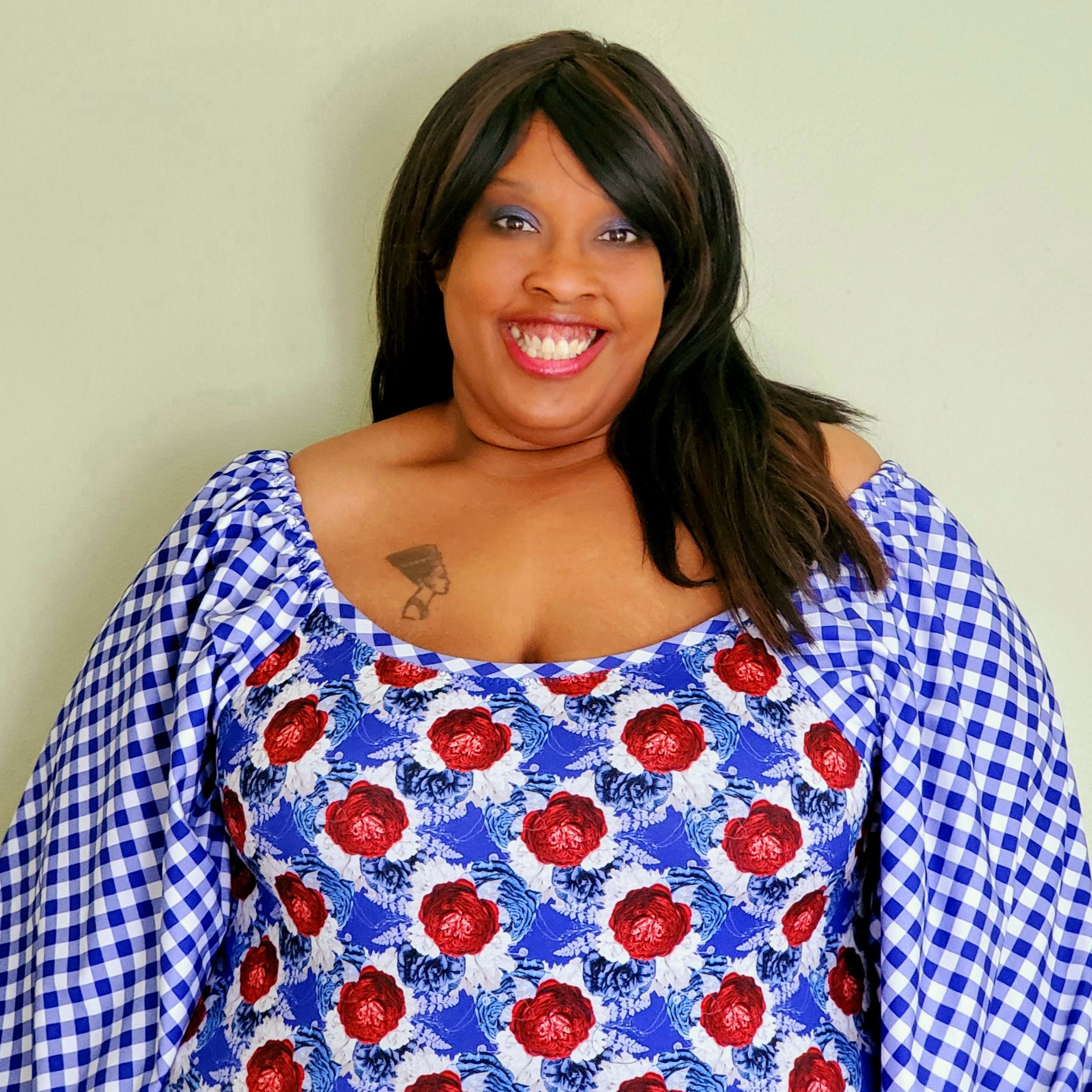Ways to support the Podcast and Black Women Stitch
Make a one-time donation here at our Act Blue site
Sustained financial support also appreciated here: For as little as $2 a month, you can join our Patreon
FREE SUPPORT Is also appreciated. Please rate, review, subscribe to the podcast. Tell a friend to do the same!
Find out more Reka Barton, The Scholarly Sewist
Her website
The Makings of the Scholarly Sewist
Reka's HERstory: Women of Color Redefining Research event is THIS FRIDAY! Register here
Here are the WOC Scholars that are featured on the PhemmeD Publication Signature Tee
Dr. Sera J. Hernandez
Dr. Felicia V. Black
Dr. Melissa Vang
Dr. Darielle Blevins
Vanessa Falcón Orta
Sign up for the Black Women Stitch quarterly newsletter
Check out our merch here
Leave a BACKSTITCH message and tell us about your favorite episode.
Join the Black Women Stitch Patreon
Check out our Amazon Store
Stay Connected:
YouTube: Black Women Stitch
Instagram: Black Women Stitch
Facebook: Stitch Please Podcast


